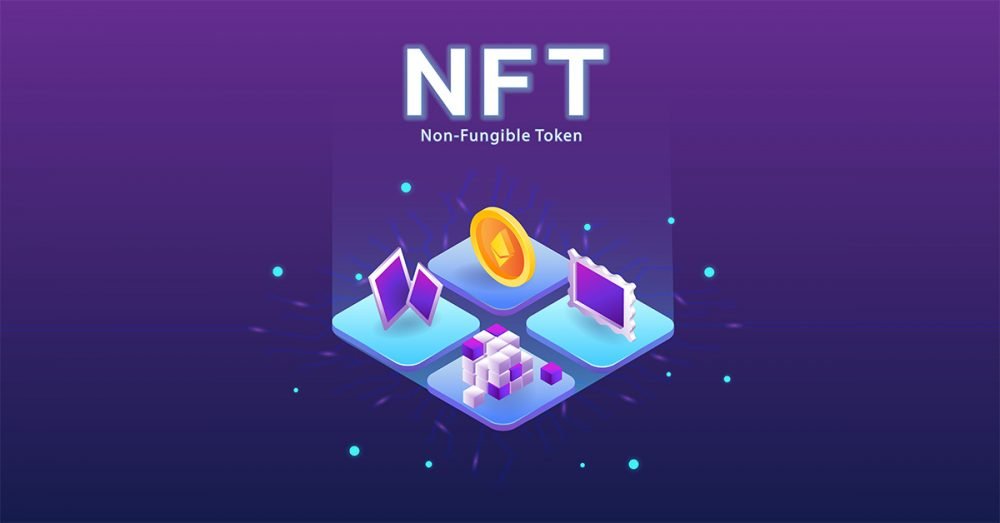NFTs are a way to attach secure provenance and ownership to digital assets like images and hybrid virtual experiences. They’re also fueling new business models that have never existed in e-commerce. For example, an NFT of a classic internet meme can sell for millions. It can even be used to build communities.
The Basics
A combination of factors is driving the growth of NFTs. For starters, they are a highly effective way to monetize digital assets like FreeNFT and attract creators of all kinds. Artists, musicians, and other creators can mint NFTs for their work, giving them the potential to be traded and redeemed for real-world cash. NFTs also allow for simple transfers of ownership and are backed by smart contracts, making it easy for creators to define terms that must be satisfied for ownership to transfer. This has given rise to a new type of virtual collectible known as the “smart asset.”
In addition to art, music, and sports, NFTs are now finding their way into gaming. This ecosystem transformed in-game assets into NFTs so players could monetize their gameplay. The proliferation of augmented reality and virtual world platforms also drives the growing popularity of NFTs. This opens up a whole new range of possibilities for NFTs, as developers can incorporate them into the augmented and virtual reality worlds. Even celebrities are getting involved with the NFT craze.
The Potential
The non-fungible token market is still in its early stages. But it already has several quirky uses. NFTs can represent digital art, video games, and real-world assets such as sports tickets or a movie premiere. For artists, NFTs can be a way to bypass big players like publishers and producers, who often strong-arm them into contracts that don’t always serve their interests. By minting NFTs independently, creators can retain control and profit from secondary sales of their creations.
NFTs can also be used to identify, verify, and transfer objects of value – from identity cards and medical records to cars and houses. This makes them ideal for proving ownership and securing assets in the blockchain. However, NFTs can be vulnerable to hacking and loss of access as they are essentially stored in the cloud. People have been experimenting with storing them on a server, using torrent-like technology, to keep them safe from hackers and other issues that can pop up in this fast-growing and loosely regulated space.
Brands are also embracing NFTs as a way to build unique consumer experiences.
The Technology
NFTs are digital tokens minted on specific blockchains (primarily Ethereum) and act as a digital twin for any object existing in the real world. This allows for creating a marketplace that connects the physical and virtual, as if objects in the digital space were actual possessions in the real world. Each NFT is assigned a unique identifier directly linked to one blockchain address to verify ownership information easily. While NFTs can be attached to any intellectual property, some of the most high-profile examples have been in art and music. NFTs based on visual art have seen powerful interest, with some buyers using their digital paintings as profile pictures and others displaying them as online galleries or video conferencing backgrounds.
Sports leagues have also gotten into the action, creating digital collections of memorable stats and plays. While NFTs offer a glimpse into the future of our world, there are some potential downsides. For example, NFTs do not necessarily imply ownership of any usage rights or exclusive rights to the underlying IP. This has led to confusion over what people buy when they purchase an NFT, with some believing that a picture of an ape sold for millions can be used the same way someone could use a photograph of the Mona Lisa on their coffee mug.
The Market
NFTs are used in various ways, with new uses popping up regularly. Some of the most popular include virtual real estate, trading cards, games, art, and collectibles. In gaming, for instance, NFTs allow players to own and trade in-game collectibles such as weapons and character avatars. They also serve as keystones to online spaces, granting holders access to exclusive products and experiences. Other NFTs are designed to identify, reinforce, and expand communities of brand enthusiasts.
The most critical and intriguing use of NFTs is how they can make physical assets digital. This allows creators to sell their digital content directly to consumers, avoiding intermediaries and retaining control over intellectual property rights. It also reduces fraud and theft because buyers can validate the authenticity of a piece of digital art or music by checking its digital fingerprint on the blockchain. In addition, NFTs can be attached to physical items to create a hybrid digital-physical experience.



